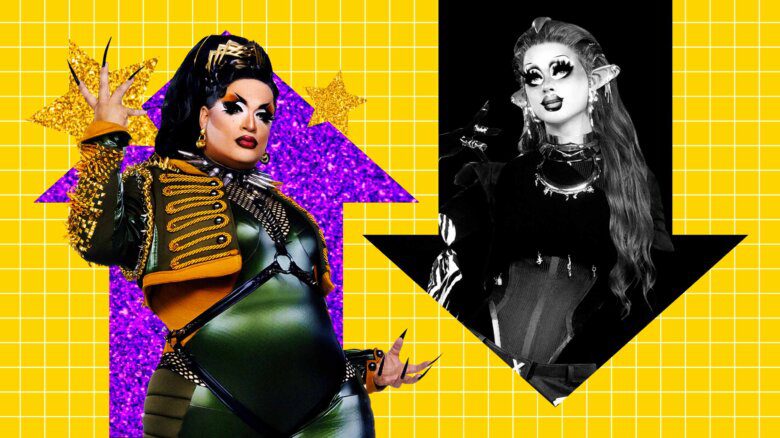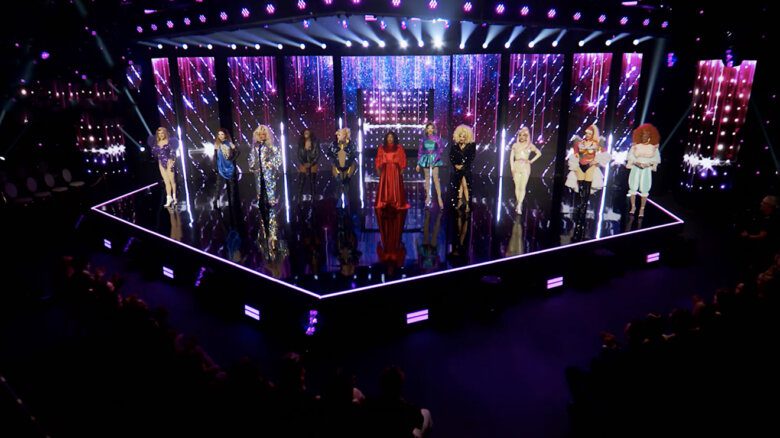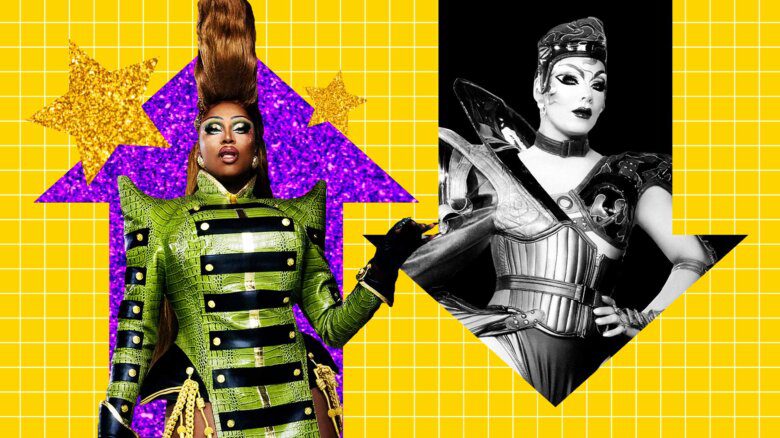Throughout history, the secret lexicon of gays has come to include hundreds of words and phrases. Over time words such as Mary, queen, family, friends of Dorothy have all been used to describe gay men. While some of these words are still in use today, the genesis of this slang arose from gay people’s need to communicate with each other surreptitiously without revealing their sexual orientation.
Many of these terms are now lost to the history books. Examples of these argots include polari, heard primarily in the United Kingdom through the 1950s and ’60s; gayle, used in urban South Africa and swardspeak, in the Philippines. These forerunners to what scholars today refer to as lavender language have also popped up regionally in the last century. In 1950s Los Angeles, one of the earliest gay activist groups, the Mattachine Society, began using “temperamental” as slang for homosexual in an effort to avoid detection. And it’s where the upcoming Fighting Chance Productions presentation derives its name.
The Temperamentals, by Pulitzer Prize–nominated playwright Jon Marans, tells the story of the Mattachine Society’s formation by founder Harry Hay and his relationship with fashion designer Rudi Gernreich. In the play, Hay and the burgeoning society begin challenging the status quo, demanding recognition of homosexuals as a minority.
It is perhaps ironic that actor Brian Hinson, who plays Hay, is an American transplant, having moved here only recently from Las Vegas with his partner. “We were married in Vancouver in 2007 and have been looking for a reason to come back ever since,” Hinton says. “Even though gay marriage might be legal in some states, there are no federal laws that protect homosexuals. I love that there is no real fight that continues here in Canada over gay rights. When I come to Canada, we can fill out a single customs declaration as a family. These are small but important things.”
That Hay was one of the first visible American gay activists in the United States isn’t lost on Hinson either, and he admits he is somewhat ashamed at not being as aware of Hay’s place in gay history as he would have liked. “I can’t tell you how proud I am, though, to have the opportunity to portray the man in this show,” he says.
That opportunity came his way courtesy of Fighting Chance Productions’ artistic director Ryan Mooney, who has produced a number of gay-themed shows over the past few years. Despite having brought shows such as The Laramie Project to local audiences in 2008 and Bare: A Pop Opera last summer, Mooney admits The Temperamentals is the first show he chose specifically because of its gay content. “The Laramie Project, for example, was as much about the transformation of a town as it was for its gay theme,” he explains.
Mooney says The Temperamentals is not only an interesting history lesson, but also speaks to what he calls his generation’s civil rights movement. “In Canada, we sometimes think that we’re all done here when it comes to gay rights, but when you look at things like what happened recently in the Burnaby school district, you realize that even in Canada we have a long way yet to go.”
As a history buff, Mooney hopes that audiences will not only find this period in gay history of interest, but will leave entertained. “It isn’t just a history lesson, it’s also very funny,” he says.
“And a wonderful love story,” Hinson concludes.

 Why you can trust Xtra
Why you can trust Xtra


